Capturing the beauty of the sea through photography is a timeless endeavor, and seashells, with their unique shapes and textures, offer endless inspiration for creative compositions. Whether you’re a seasoned photographer or just beginning, discovering the best ways to arrange and frame seashells can elevate your sea photography to new heights. This guide delves into expert composition strategies, practical tips, and innovative ideas to help you craft stunning seashell photographs that truly stand out. From leveraging symmetry and light angles to experimenting with seasonal themes and unique arrangements, we’ll explore how to make the most of the sea’s natural beauty and the versatile medium of seashells. Get ready to unlock your full potential and transform your ocean photography with these insightful ideas and techniques.
Key Takeaways
- Incorporate Seashells Creatively: Use seashells as foreground elements to add depth and visual interest to your sea photographs.
- Experiment with Leading Lines: Utilize seashells to frame your shots, helping to guide the viewer’s eye and enhance composition.
- Capture Unique Perspectives: Shoot from low angles to emphasize the texture and detail of seashells, creating striking and memorable images.
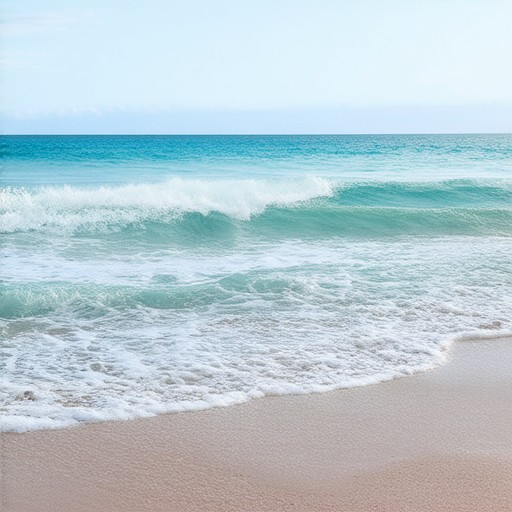
Effective Composition Strategies for Sea Photography
Mastering composition is crucial for capturing stunning sea photographs. Here are some proven strategies to help you create impactful ocean scenes:
- Choose the Right Angle:** Look for unique perspectives that highlight the texture and movement of the water. Experiment with low-angle shots to emphasize the vastness of the sea or high-angle shots to capture dramatic skies.
- Utilize Light and Shadow:** The play of light on the water can create beautiful patterns. Shoot during golden hours for soft, warm lighting or during sunrise/sunset for dramatic color contrasts.
- Focus on Depth and Movement:** Use shallow depth-of-field to blur the background and isolate your subject, or experiment with long exposures to capture the dynamic motion of waves.
- Frame the Scene Effectively:** Use the rule of thirds or leading lines to compose your shot. Frame the horizon or a distant boat to give your photo a sense of scale and grandeur.
- Pay Attention to Color and Contrast:** The colors of the sea can change dramatically. Capture vibrant sunsets, stormy skies with dramatic clouds, or peaceful hues during calm conditions.
- Consider the Environment:** Respect the surroundings. Avoid disturbing wildlife and seek permission before photographing people or properties.
- Experiment with Perspectives:** Try macro photography to capture tiny details like wave patterns or droplets, or wide-angle shots to emphasize the expanse of the ocean.
By applying these strategies, you can create visually striking sea photographs that showcase the beauty and diversity of the ocean. Explore more tips and inspiration on Sailing Photo Awards , a platform dedicated to celebrating the artistry of sailing photography.
What are the best practices for capturing stunning photos of the sea?
Capturing stunning photos of the sea requires a blend of technical expertise, creativity, and patience. Here are some proven best practices to help you achieve remarkable results:
1. Timing is Key
The magic hour, or the golden hour, is ideal for photography. This refers to the time around sunrise and sunset when the light is soft and warm, creating dramatic skies and longer shadows. These moments often yield the most striking seascapes.
2. Composition Matters
A well-composed photo captures the essence of the scene. Use leading lines, such as the horizon, to guide the viewer’s eye toward the subject. Experiment with perspectives like low angles to emphasize the vastness of the sea.
3. Lighting Techniques
Soft, diffused light enhances textures and colors. Look for light reflecting off the water, creating shimmer and highlights. Avoid harsh midday sun, which can cause glare and wash out details.
4. Equipment Selection
Invest in a sturdy tripod to keep your camera stable, especially during rough conditions. Use a wide-angle lens to capture the expanse of the sea, and consider a polarizing filter to reduce reflections and enhance colors.
5. Edit Thoughtfully
Post-processing can transform your photos. Adjust exposure, contrast, and color to bring out the nuances of the sea. Remove unwanted objects or people from the frame to maintain a natural feel.
6. Explore Unique Angles
Don’t stick to the usual shots. Try shooting from a boat, a high vantage point, or even underwater for unique perspectives. Capture the movement and energy of the waves to add dynamism to your photos.
7. Join a Community
Connect with fellow photography enthusiasts who share your passion for marine photography. Websites like Sailing Photo Awards offer galleries, tips, and forums to inspire and learn from others.
8. Stay Patient and Observant
Wait for the perfect moment when the light, weather, and composition align. Sometimes, the best shots come after hours of waiting for the right conditions to unfold.
By following these practices, you can elevate your sea photography and capture memories that truly reflect the beauty and power of the ocean.
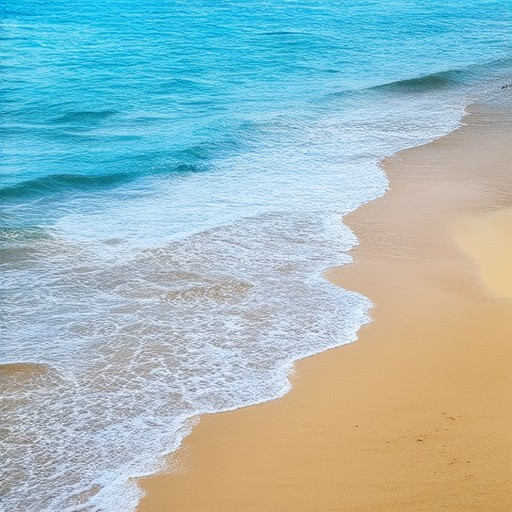
Effective Composition Strategies for Sea Photography
Mastering composition is crucial for capturing stunning sea photographs. Here are some proven strategies to help you create impactful ocean scenes:
- Choose the Right Angle:** Look for unique perspectives that highlight the texture and movement of the water. Experiment with low-angle shots to emphasize the vastness of the sea or high-angle shots to capture dramatic skies.
- Utilize Light and Shadow:** The play of light on the water can create beautiful patterns. Shoot during golden hours for soft, warm lighting or during sunrise/sunset for dramatic color contrasts.
- Focus on Depth and Movement:** Use shallow depth-of-field to blur the background and isolate your subject, or experiment with long exposures to capture the dynamic motion of waves.
- Frame the Scene Effectively:** Use the rule of thirds or leading lines to compose your shot. Frame the horizon or a distant boat to give your photo a sense of scale and grandeur.
- Pay Attention to Color and Contrast:** The colors of the sea can change dramatically. Capture vibrant sunsets, stormy skies with dramatic clouds, or peaceful hues during calm conditions.
- Consider the Environment:** Respect the surroundings. Avoid disturbing wildlife and seek permission before photographing people or properties.
- Experiment with Perspectives:** Try macro photography to capture tiny details like wave patterns or droplets, or wide-angle shots to emphasize the expanse of the ocean.
By applying these strategies, you can create visually striking sea photographs that showcase the beauty and diversity of the ocean. Explore more tips and inspiration on Sailing Photo Awards , a platform dedicated to celebrating the artistry of sailing photography.
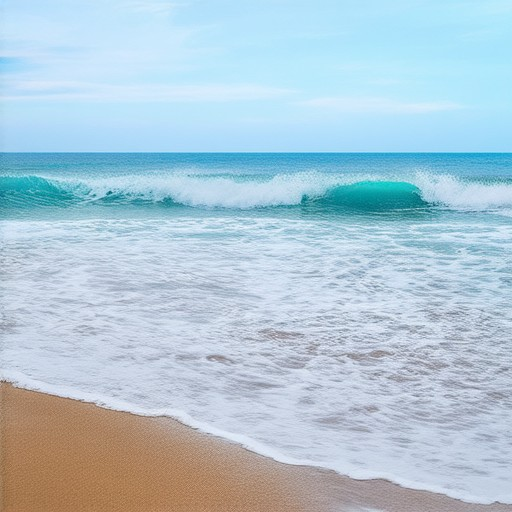
What Are the Best Practices for Taking Amazing Photos of the Sea?
To capture stunning photos of the sea, consider the following expert tips:
1. Choose the Right Time to Shoot
The best times to photograph the sea are during sunrise, sunset, and golden hours when the light is soft and dramatic. These times often create beautiful hues and long shadows that enhance the scene.
2. Experiment with Compositions
Try different compositions to make your photos stand out. Use leading lines, rule of thirds, and symmetry to frame your shots creatively. Incorporate elements like waves, reflections, and sky patterns to add depth and interest.
3. Pay Attention to Lighting
Lighting is crucial for seascapes. Look for natural light that highlights textures in the water and creates dramatic effects. Avoid harsh midday sun, which can cause glare and flatten colors.
4. Capture Movement
Include movement in your photos to add dynamism. Whether it’s waves crashing against rocks or birds flying overhead, movement can make your images more lively and engaging.
5. Explore Unique Perspectives
Don’t stick to traditional shots. Get low to the ground for dramatic perspectives or shoot from a boat to capture the ocean from a different angle. Consider shooting through objects like glasses of water or droplets on leaves for unique effects.
6. Edit Thoughtfully
Post-processing can greatly enhance your photos. Adjust colors to emphasize the blues and greens of the sea, and remove unwanted distractions. Use filters sparingly to maintain authenticity while adding artistic flair.
7. Stay Patient and Observant
Take your time and wait for the perfect moment. Watch the tides, weather conditions, and lighting changes. Sometimes, the most incredible shots happen unexpectedly, so stay alert and ready to capture those fleeting moments.
8. Use the Environment to Your Advantage
Incorporate elements like beach scenes, ships, or lighthouses to add context and interest to your photos. These subjects can serve as focal points, guiding the viewer’s eye and making the image more compelling.
9. Consider Aerial Shots
If possible, try aerial photography to showcase the vastness of the sea. Flying in a helicopter or using a drone can offer breathtaking views that are hard to capture from the ground.
10. Share and Connect
Join online communities of fellow photography enthusiasts to share your work, get feedback, and discover new inspiration. Platforms like Sailing Photo Awards can connect you with passionate photographers who love the sea as much as you do.
By following these tips, you can create photos of the sea that are not only visually striking but also meaningful and memorable. Happy snapping!
How to Capture Stunning Photos of the Sea
Capturing breathtaking photos of the sea requires a combination of preparation, creativity, and technical expertise. Whether you’re a seasoned photographer or an amateur, here are some expert tips to help you get the most out of your sea photography:
- Choose the Right Equipment
- A high-quality camera with a wide-angle lens is ideal for capturing the vastness of the sea.
- Consider using a tripod for stability, especially when shooting near the water’s edge or during rough conditions.
- A circular polarizing filter can help reduce glare and enhance colors in the sky and water.
- Time Your Shots Wisely
- The golden hour, just after sunrise or before sunset, often provides soft, diffused light that flatters the sea and creates dramatic skies.
- Low tide can reveal hidden patterns in the sand and rocks, making for unique and visually striking shots.
- During twilight, the sea can appear calm and serene, especially under the glow of bioluminescent plankton.
- Compose Your Shots Strategically
- Look for leading lines in the horizon, such as waves or distant ships, to create a sense of movement and depth.
- Experiment with perspective by shooting from ground level, waist height, or a low angle to emphasize the vastness of the scene.
- Incorporate foreground elements like seashells, rocks, or even a lone boat to add interest and scale to your photos.
- Post-Processing Magic
- Adjust colors using photo editing software to enhance the blues and greens in the sea, creating a calming effect.
- Remove unwanted objects or people from your shots using cropping or cloning tools.
- Sharpen details in the foreground while softening the background to draw attention to your main subject.
- Stay Patient and Observant
- Wait for the perfect moment when the light, waves, and composition align seamlessly.
- Be mindful of the tides and weather conditions, as they can drastically change the appearance of the sea.
- Explore different locations and times of day to find unique perspectives and lighting scenarios.
By combining these techniques, you can capture stunning photos of the sea that truly showcase its beauty and diversity. Remember to share your favorite shots with the Sailing Photo Awards community and discover more tips from fellow enthusiasts and professionals!
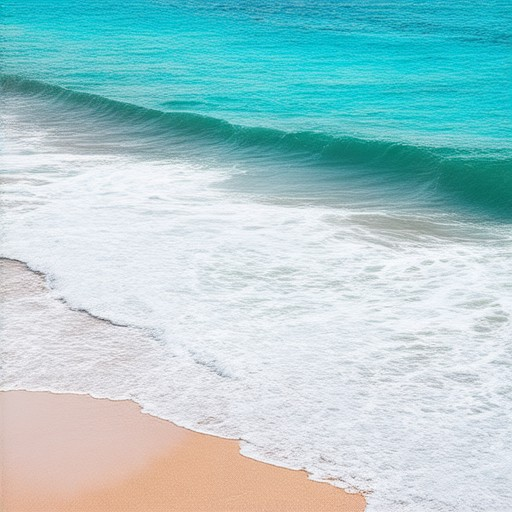
Improving Your Sea Photography: A Comprehensive Guide
Mastering sea photography requires a combination of technical skills, creativity, and patience. Here are some expert tips to help you capture stunning marine landscapes and seascapes:
- Master Natural Light: Understand how natural light interacts with water to create dramatic effects. Shoot during early morning or late afternoon when the “golden hour” light enhances textures and colors.
- Composition is Key: Use leading lines (like waves or ship masts) to draw the viewer’s eye into the frame. Incorporate symmetry and balance, and don’t forget to add foreground elements to add depth.
- Explore Unique Angles: Don’t stick to shooting from eye level. Get low to the ground for dramatic wave patterns or high above for a bird’s-eye view of the horizon. Capture reflections off the water surface for added sparkle.
- Pose Patience: Wait for the perfect conditions. Ideal lighting, calm waters, and dramatic skies don’t come often, so be prepared to wait for the moment when everything aligns perfectly.
- Post-Processing Magic: Enhance your photos using editing software. Adjust colors, remove unwanted objects, and fine-tune exposure to bring out details in the waves and sky.
- Tell a Story Through Your Shots: Each photo should evoke a sense of place and mood. Whether it’s a serene beach at dawn or a turbulent storm approaching, let the viewer connect with the scene.
Resources for Further Learning: Visit Sailing Photo Awards for inspiration, tips, and community stories. Explore their gallery and blog for additional guidance on capturing the perfect sea photograph.
Conclusion: With practice and attention to detail, you can significantly improve your sea photography. Keep experimenting with different techniques, study the work of accomplished photographers, and enjoy the journey of capturing the beauty of the ocean.

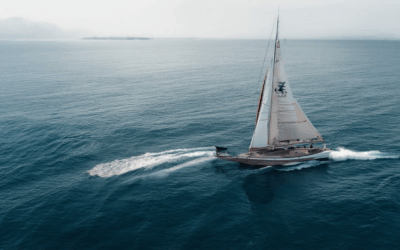
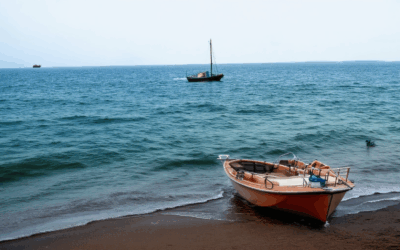
0 Comments